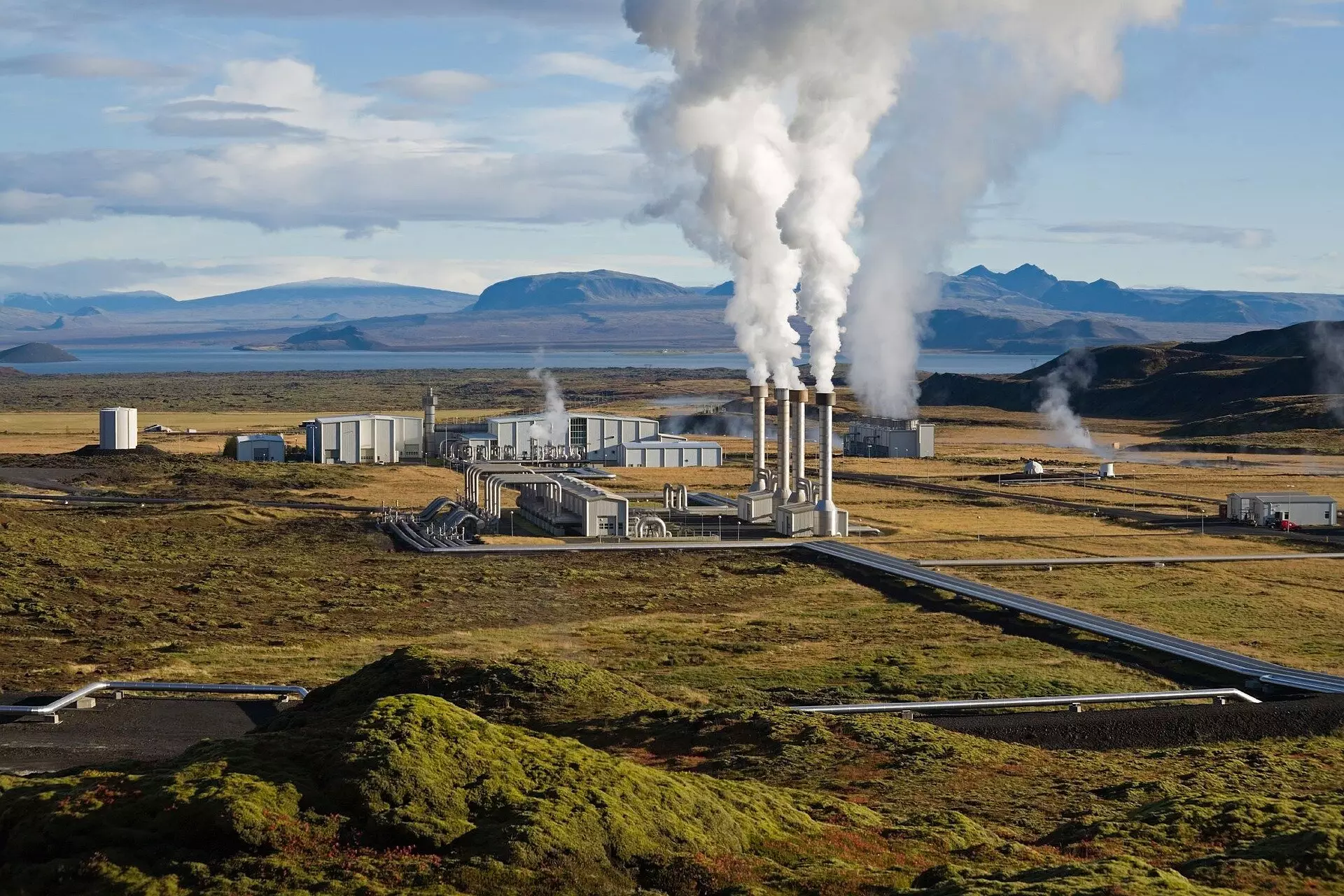Efforts to transition away from fossil fuels have intensified, prompting scientists to explore new sources of low-carbon energy. In this regard, researchers have developed a deep learning model to scan the Earth’s surface for indications of subsurface reservoirs of naturally occurring free hydrogen. By leveraging this algorithm, they have successfully identified the presence of semicircular depressions (SCDs), which often indicate the presence of “gold hydrogen” deposits. The discovery of these circular patterns in various locations worldwide has unveiled their prevalence and highlighted the potential of hydrogen as a clean energy resource.
Lead authors Sam Herreid and Saurabh Kaushik, postdoctoral scholars at the Byrd Polar and Climate Research Center at The Ohio State University, have developed a model that combines deep learning techniques with global satellite imagery data to identify SCDs. To train their algorithm, the researchers compiled a list of known SCD locations and analyzed the surface features of these sites with remote sensing data. By utilizing geomorphic and spectral patterns, they were able to pinpoint regions most likely associated with SCDs and, consequently, geologic hydrogen reservoirs.
The research team’s observations have demonstrated that artificial intelligence (AI) possesses a unique capability to map surface expressions of subsurface hydrogen reservoirs worldwide. The algorithm not only identifies potential hydrogen-associated sites but also establishes a baseline for further investigation. This breakthrough has significant implications for the identification and exploration of natural hydrogen as a clean and efficient energy source.
Hydrogen boasts several attractive features as an energy source. When burned, its sole by-product is water, making it exceptionally environmentally friendly. Furthermore, unlike wind or solar energy, hydrogen can be stored and transported, providing a versatile solution for energy needs across various industries. As governments worldwide invest in cleaner alternatives, hydrogen’s potential as a low-carbon energy resource is gaining significant traction.
Locating hydrogen reservoirs presents several challenges that necessitate the development of new exploration tools. Unlike oil or gas deposits, hydrogen is likely to occur in different geologies and locations. Consequently, AI tools are invaluable in mapping all potential SCDs, which may indicate the presence of hydrogen. However, the resemblance between hydrogen deposits and other circular land features, such as lakes or crop circles, complicates the search. Therefore, advanced techniques are required to differentiate true hydrogen reservoirs from other similar-looking features.
Given the urgency to transition to cleaner energy sources, countries worldwide are actively seeking ways to expedite the search for hydrogen reserves. Legislation, such as the Inflation Reduction Act in the United States, includes provisions to foster the expansion of the clean energy production industry. Europe is also exploring ways to harness its stores of gold hydrogen. As the field progresses rapidly, numerous methodologies are being developed to access this promising energy source.
While the field is advancing rapidly, it will still take a few more years before natural hydrogen reservoirs can be fully integrated as a reliable source of clean energy. Additional research is needed to deepen our understanding of hydrogen systems. Researchers should focus on finding more SCDs and investigating the formation processes of these structures. By enhancing our understanding of hydrogen reservoirs, we can pave the way for a sustainable and greener energy future.
The search for natural hydrogen as a clean energy resource has gained significant momentum. Through the application of deep learning algorithms and satellite imagery data, scientists have successfully identified subsurface reservoirs of hydrogen by analyzing surface expressions such as semicircular depressions. The ability of AI to map potential hydrogen reservoirs worldwide offers promising prospects for further exploration and integration of this clean energy source. While challenges exist in distinguishing hydrogen deposits from other circular land features, ongoing research and technological advancements will pave the way for a future where hydrogen plays a crucial role in mitigating the climate crisis. As the race to uncover these clean energy sources intensifies, it is imperative that researchers focus on deepening our understanding of hydrogen systems to unlock their full potential.



Leave a Reply